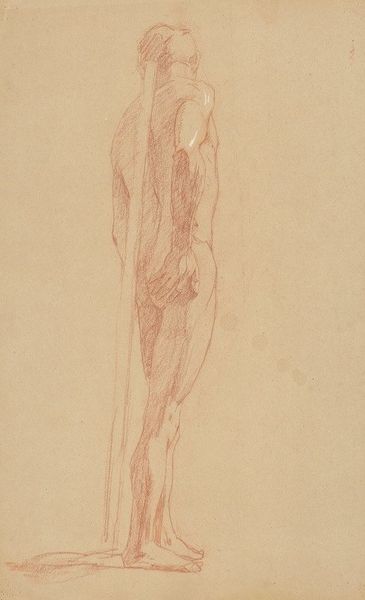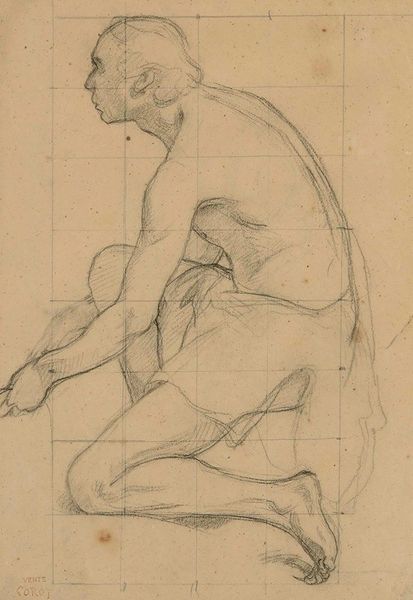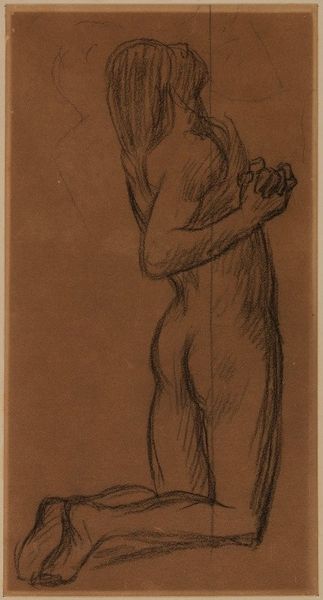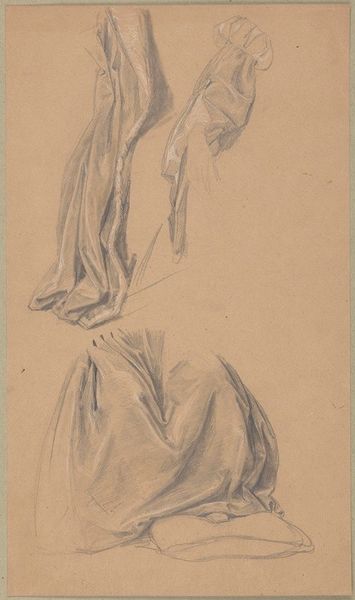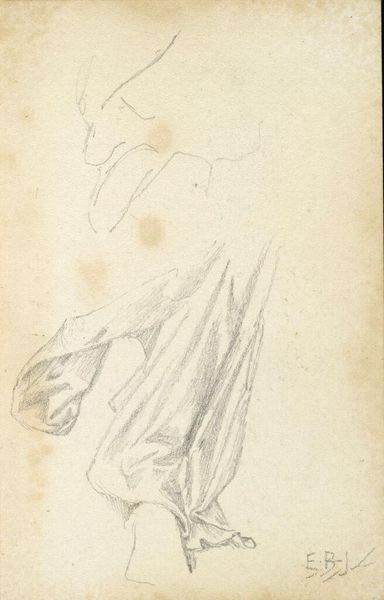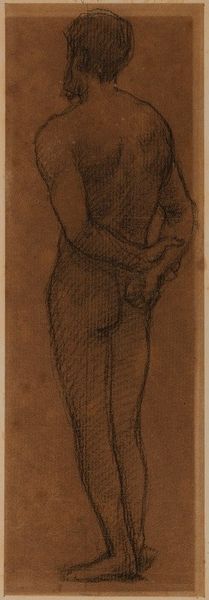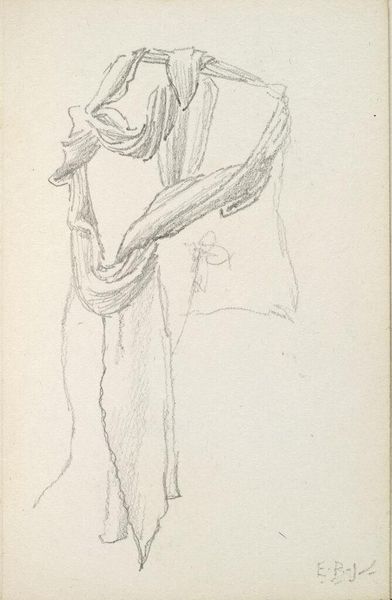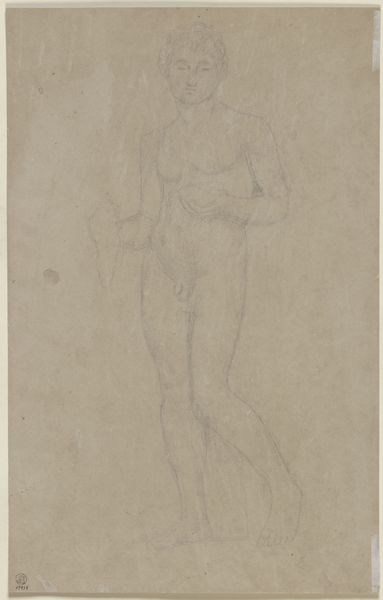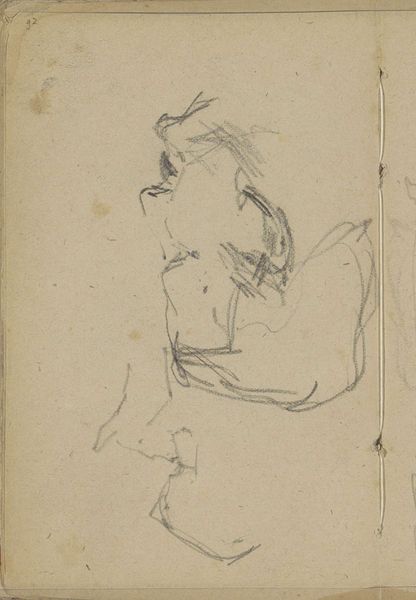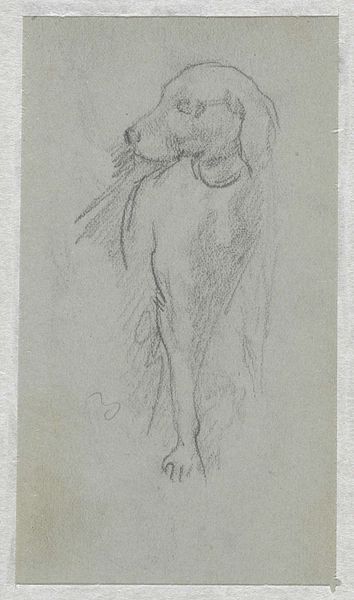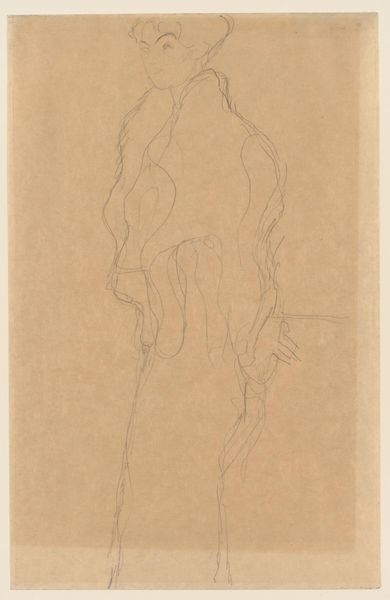
drawing, pencil
#
portrait
#
drawing
#
pencil sketch
#
figuration
#
pencil
Copyright: Public Domain: Artvee
Editor: Here we have Luc-Olivier Merson’s "Etude de fillette," a pencil sketch. There's something so fragile about it, with the bare lines outlining the young girl’s form. How do you interpret this work? Curator: It's fascinating how a simple study can be so revealing, isn't it? I see a powerful statement about representation and agency, or perhaps the lack thereof. In what social context was Merson making such studies? And how might we unpack the gaze implied in its creation? Consider the power dynamics at play: an adult male artist depicting a young girl, perhaps without her consent, contributing to a long and troubled history of objectifying the female form. What purpose did these 'etudes' really serve? Editor: I hadn’t really thought about that. It just seemed like a simple sketch at first glance. Is it wrong to admire it just for its artistic skill? Curator: We can appreciate the artist’s skill while remaining critical of the broader implications. Where does beauty intersect with exploitation, particularly regarding youth and vulnerability? Can art be truly separate from its social and historical origins, or do we have a responsibility to interrogate the cultural frameworks within which it was created and consumed? Editor: So it's about challenging our own perspectives. Seeing beyond what's immediately visible. Curator: Exactly. Engaging with art like this demands we bring contemporary ethical frameworks to bear on historical practices. The work becomes a lens through which we examine not just the artist, but ourselves. Editor: This makes me think differently about everything I see now. Curator: And that's the power of engaging with art critically, it's a continuous process of questioning, reflection, and reevaluation.
Comments
No comments
Be the first to comment and join the conversation on the ultimate creative platform.

